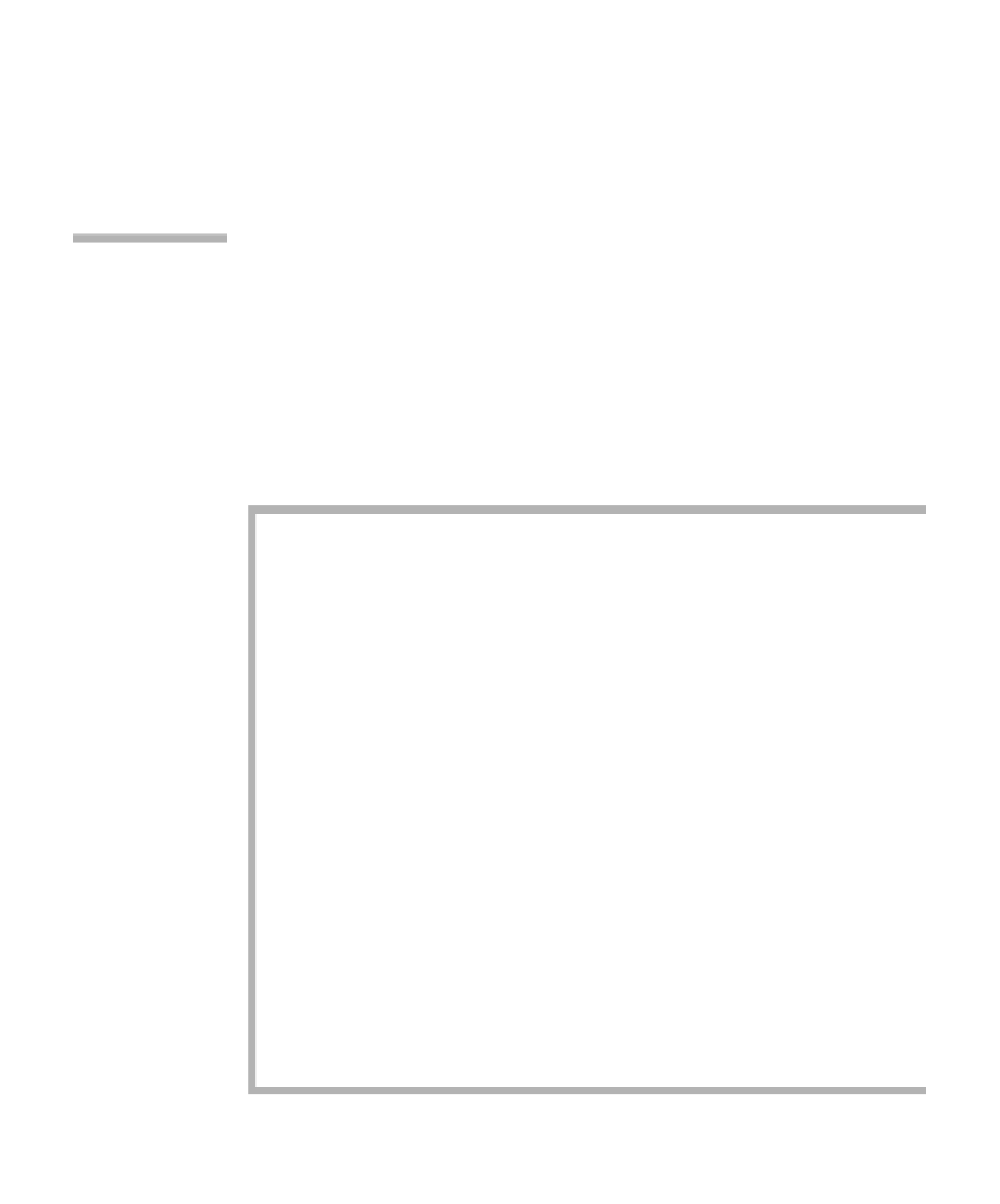Java Reference
In-Depth Information
The Java implementation file can also add
javadoc
comments that begin
with the comment starter token
/**
. Those comments are automatically added
in a uniform and consistent manner to the documentation produced by
javadoc
.
There also are several special tags that can be included in the
javadoc
com-
ments. Some of these are
@author
,
@param
,
@return
, and
@throws
. Figure 3.4 illustrates
the use of the
javadoc
commenting features for the
IntCell
class. At line 3, the
@author
tag is used. This tag must precede the class definition. Line 10 illustrates the
use of the
@return
tag, line 19 the
@param
tag. These tags must appear prior to a
method declaration. The first token that follows the
@param
tag is the parameter
name. The
@throws
tag is not shown, but it has the same syntax as
@param
.
Some of the output that results from running
javadoc
is shown in
Figure 3.5. Run
javadoc
by supplying the name (including the
.java
exten-
sion) of the source file.
The output of
javadoc
is purely commentary except for the method headers.
The compiler does not check that these comments are implemented. Nonetheless,
the importance of proper documentation of classes can never be overstated.
javadoc
makes the task of generating well-formatted documentation easier.
javadoc
tags
include
@author
,
@param
,
@return
,
and
@throws
. They
are used in
javadoc
comments.
figure 3.4
The
IntCell
declaration with
javadoc
comments
1
/**
2
* A class for simulating an integer memory cell
3
* @author Mark A. Weiss
4
*/
5
6
public class IntCell
7
{
8
/**
9
* Get the stored value.
10
* @return the stored value.
11
*/
12
public int read( )
13
{
14
return storedValue;
15
}
16
17
/**
18
* Store a value.
19
* @param x the number to store.
20
*/
21
public void write( int x )
22
{
23
storedValue = x;
24
}
25
26
private int storedValue;
27
}


Search WWH ::

Custom Search